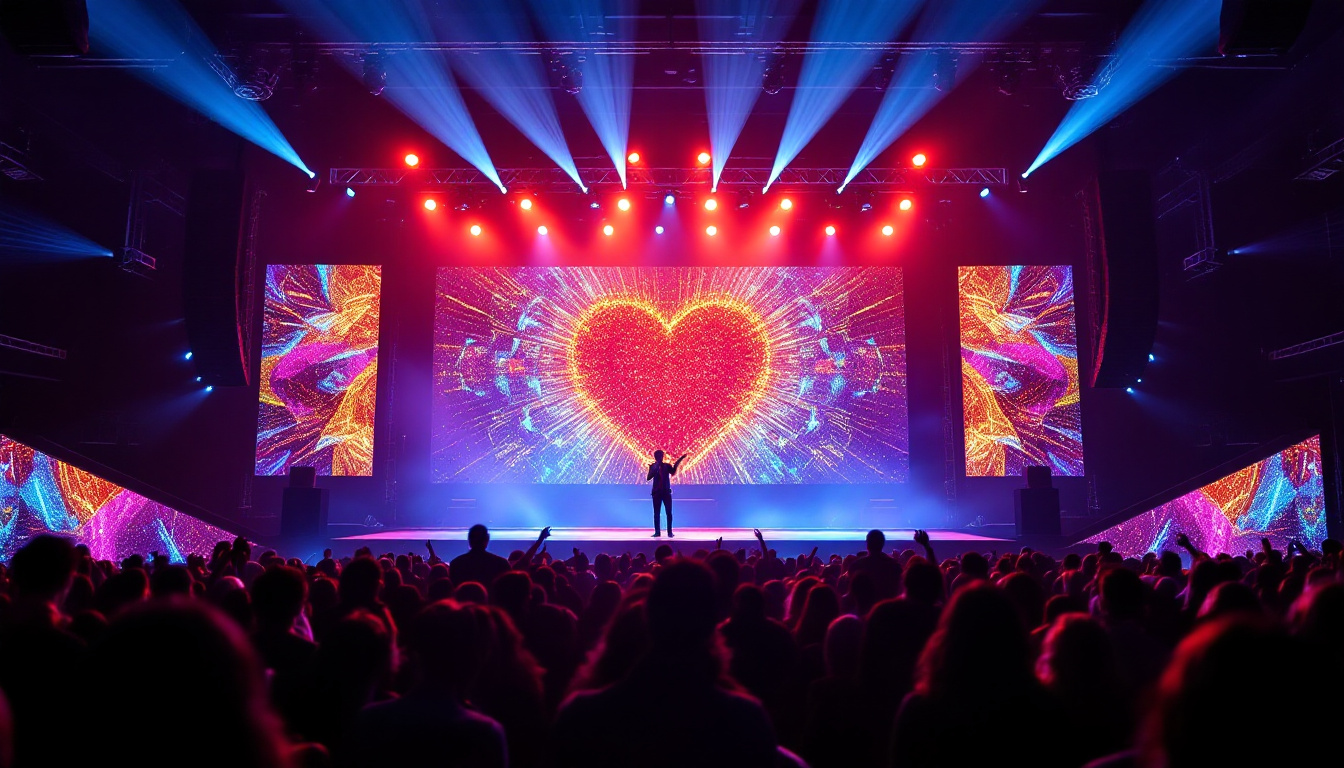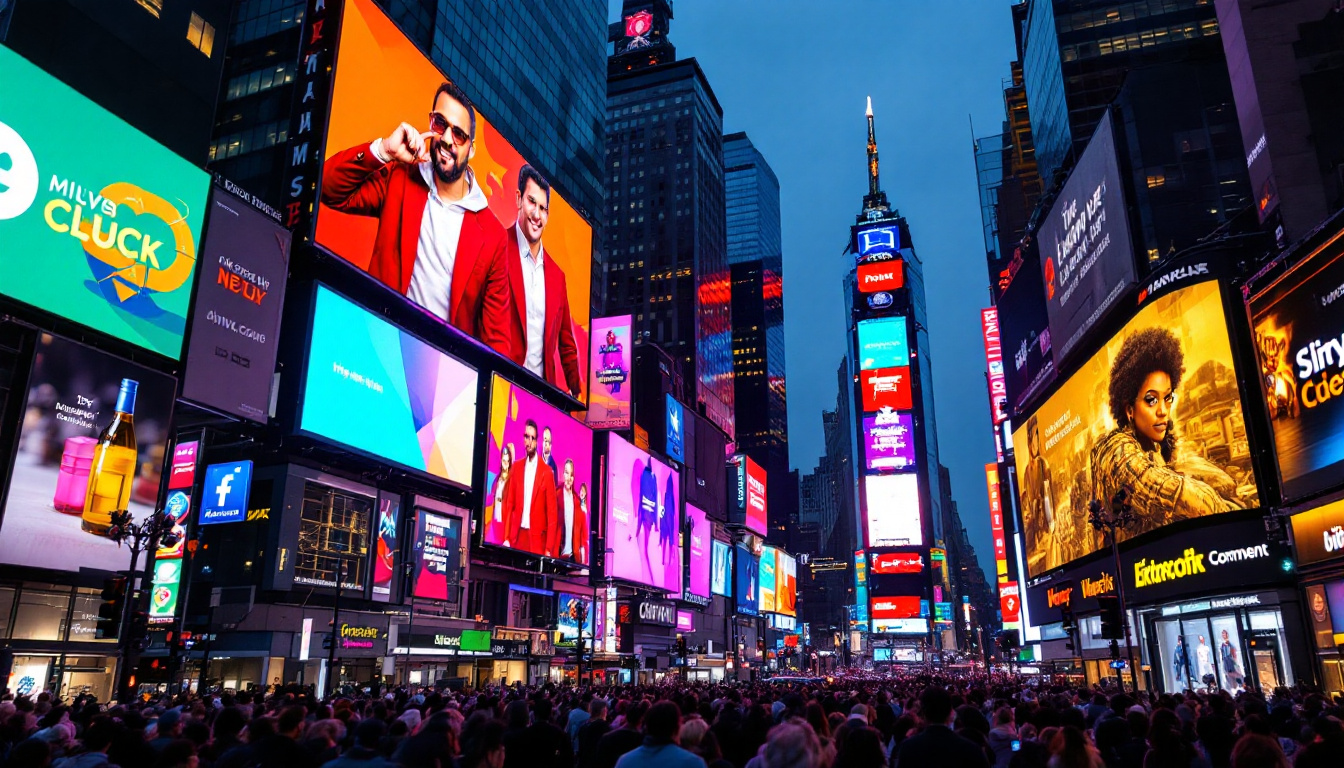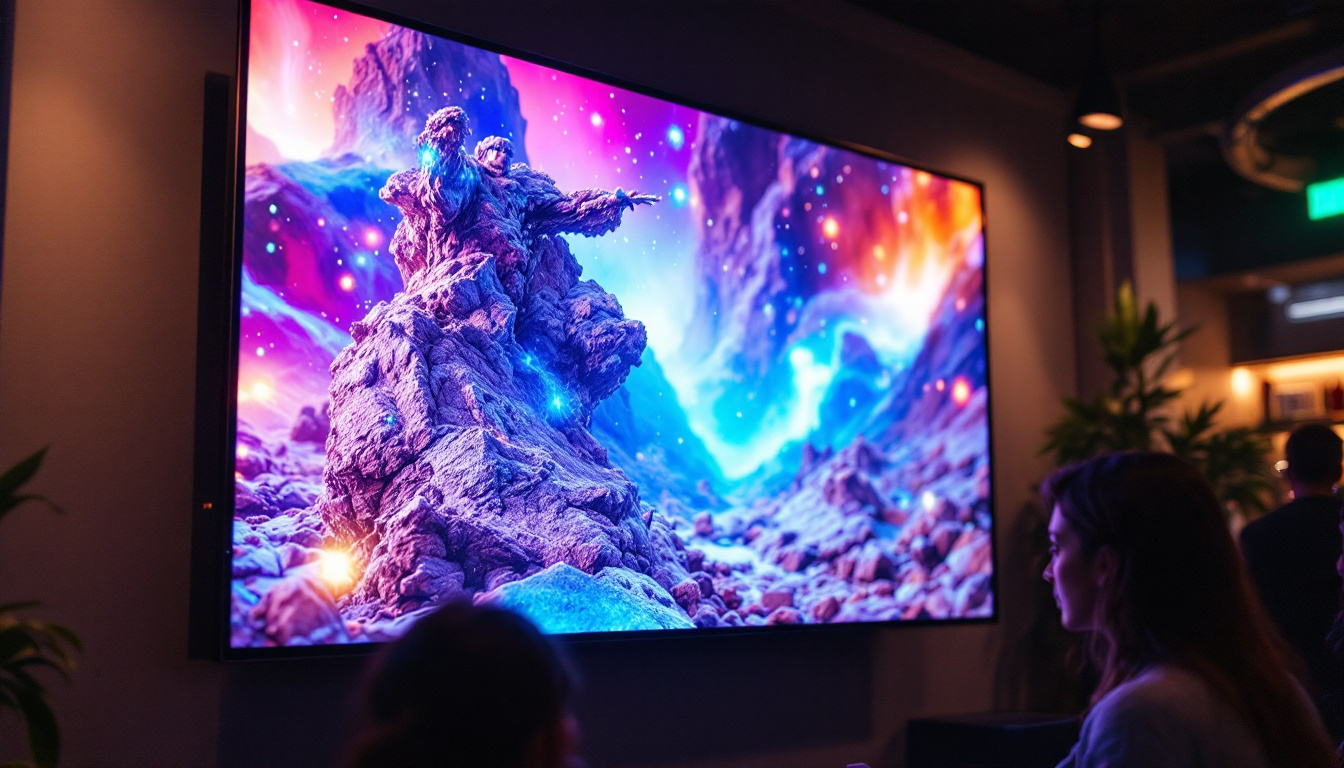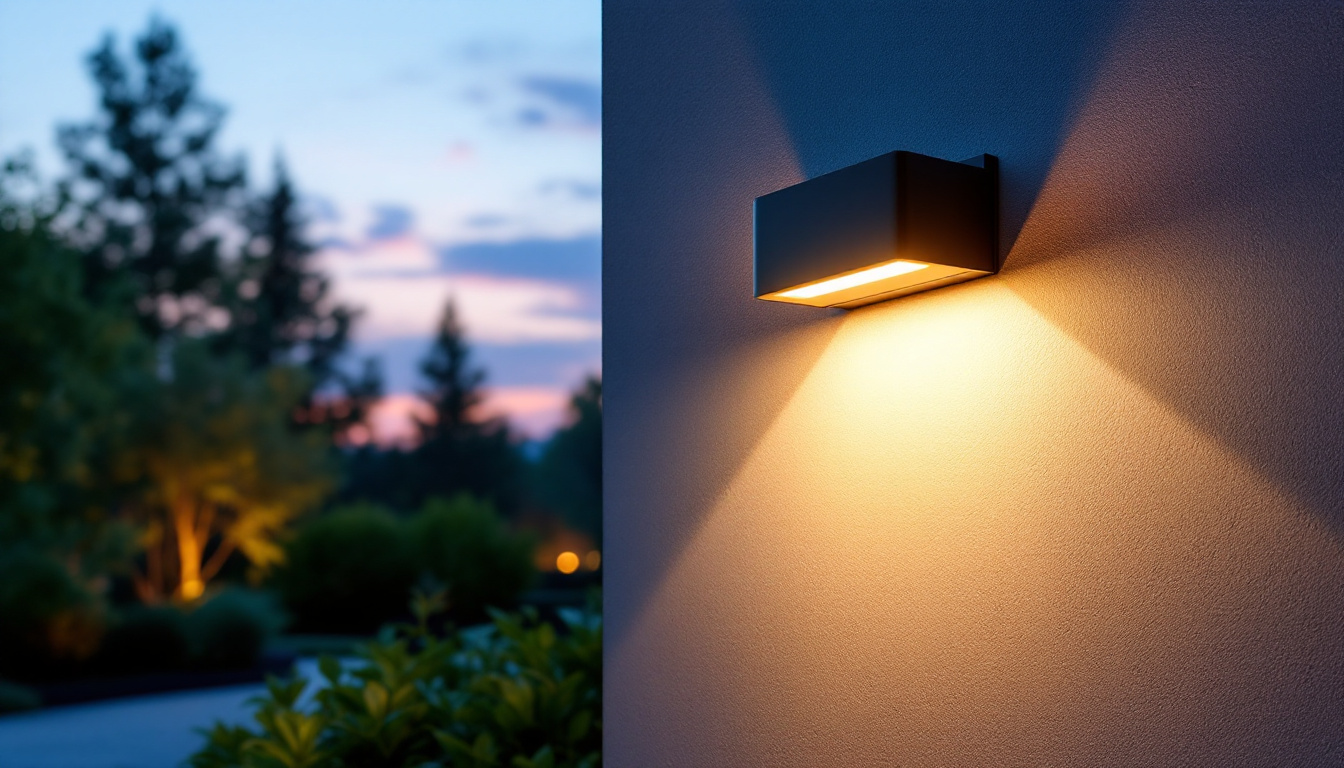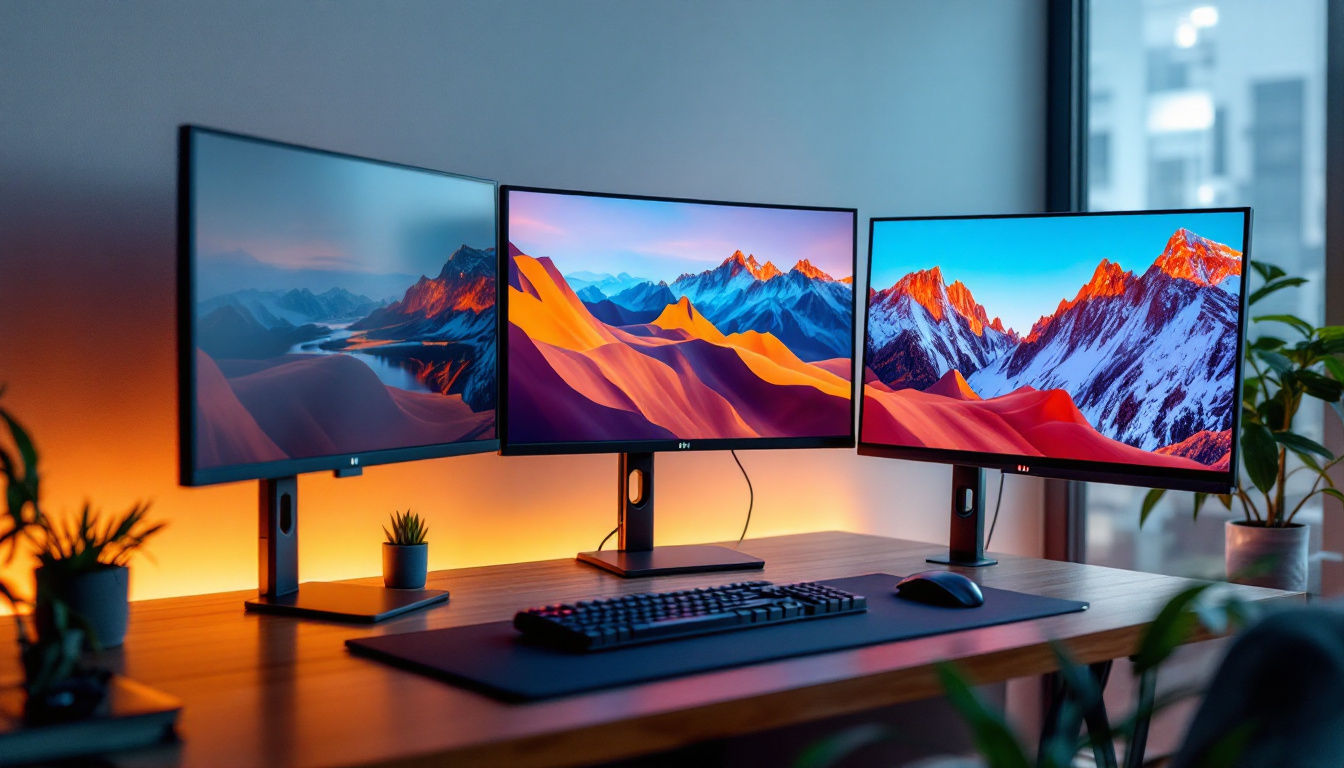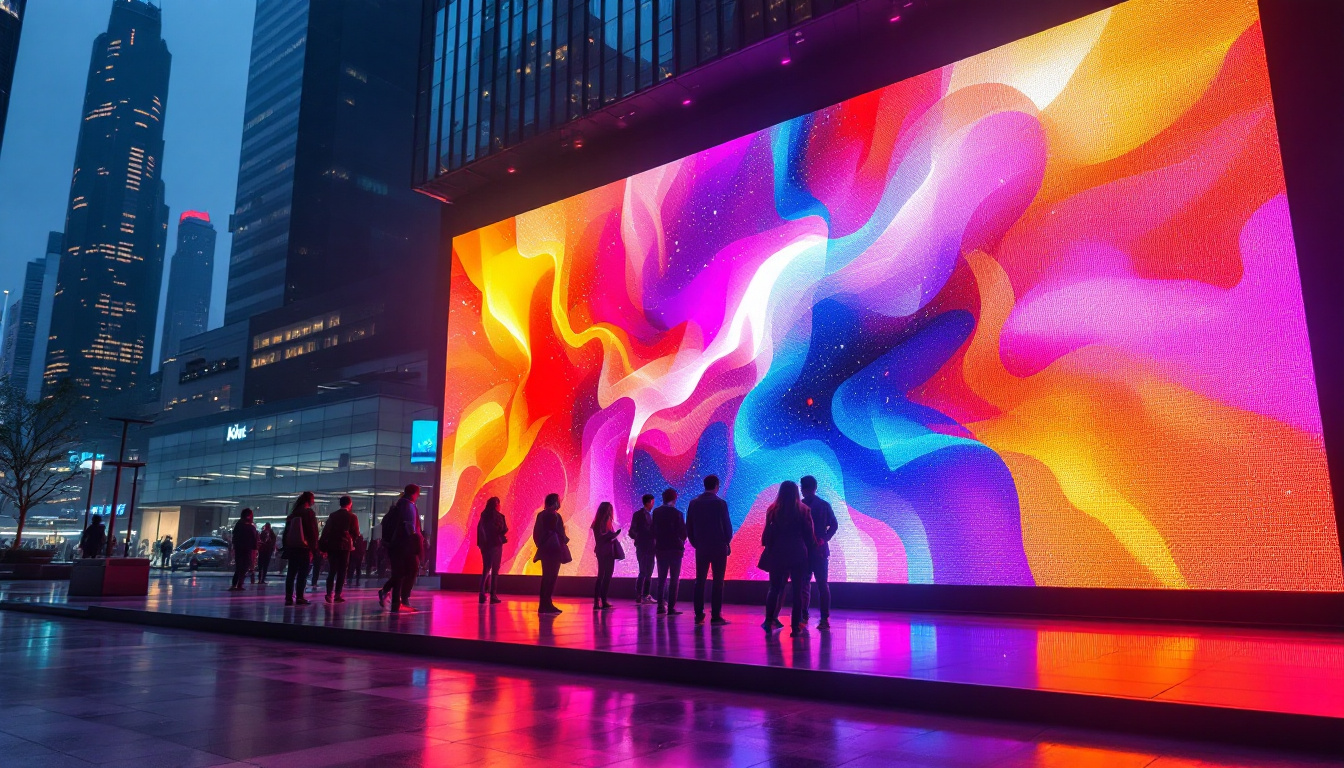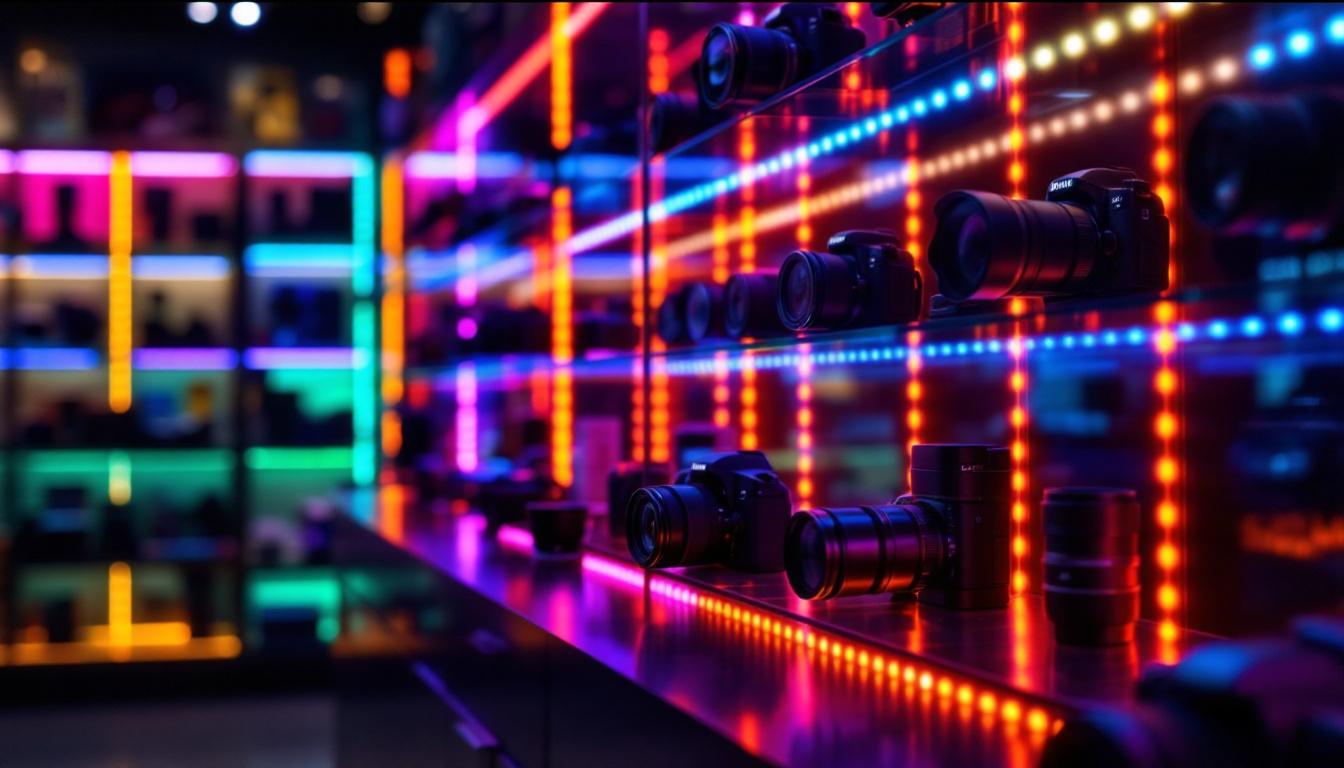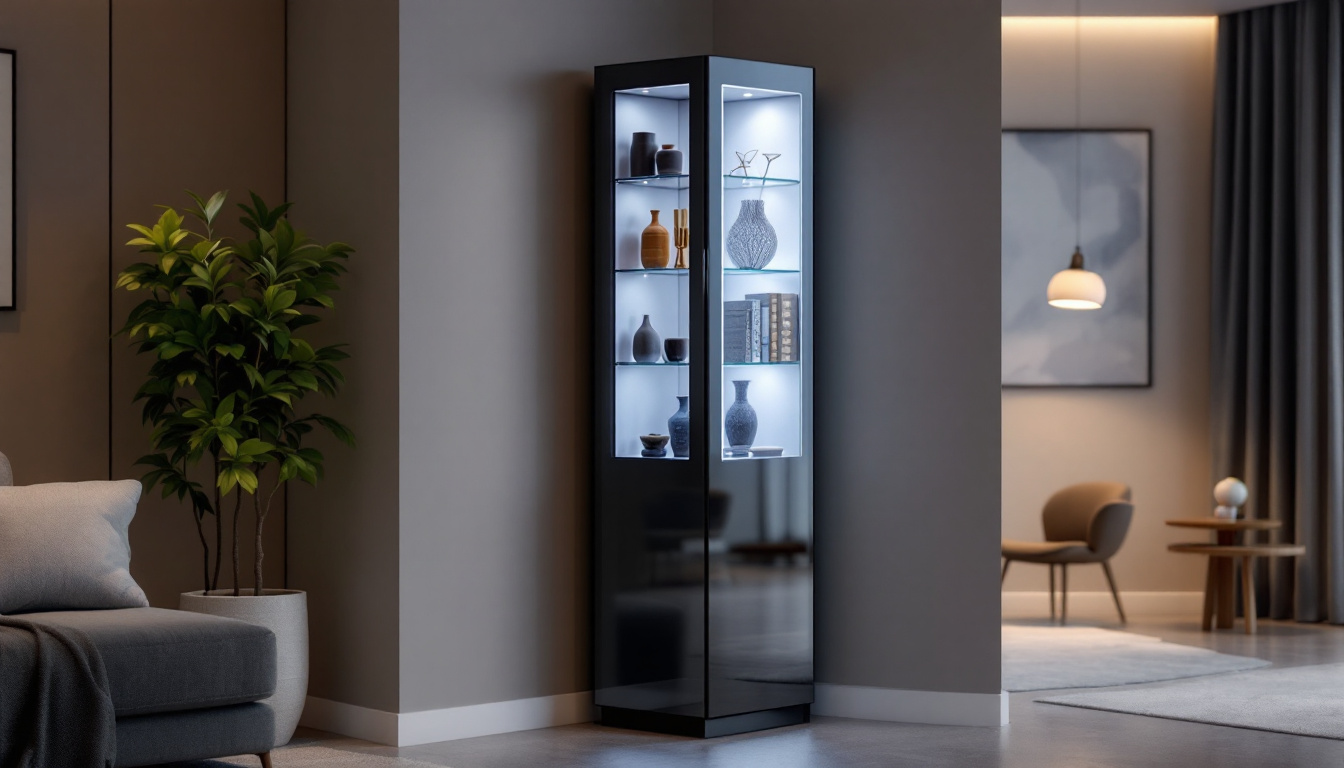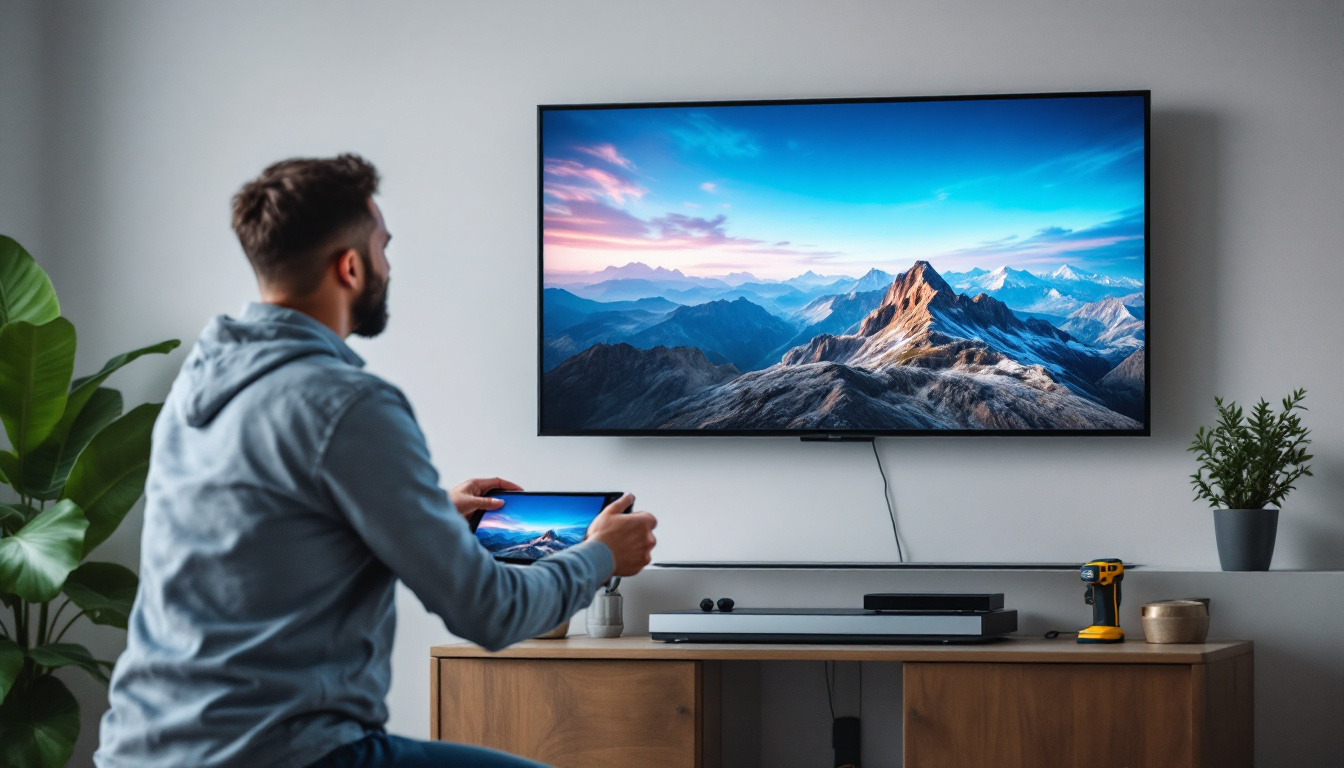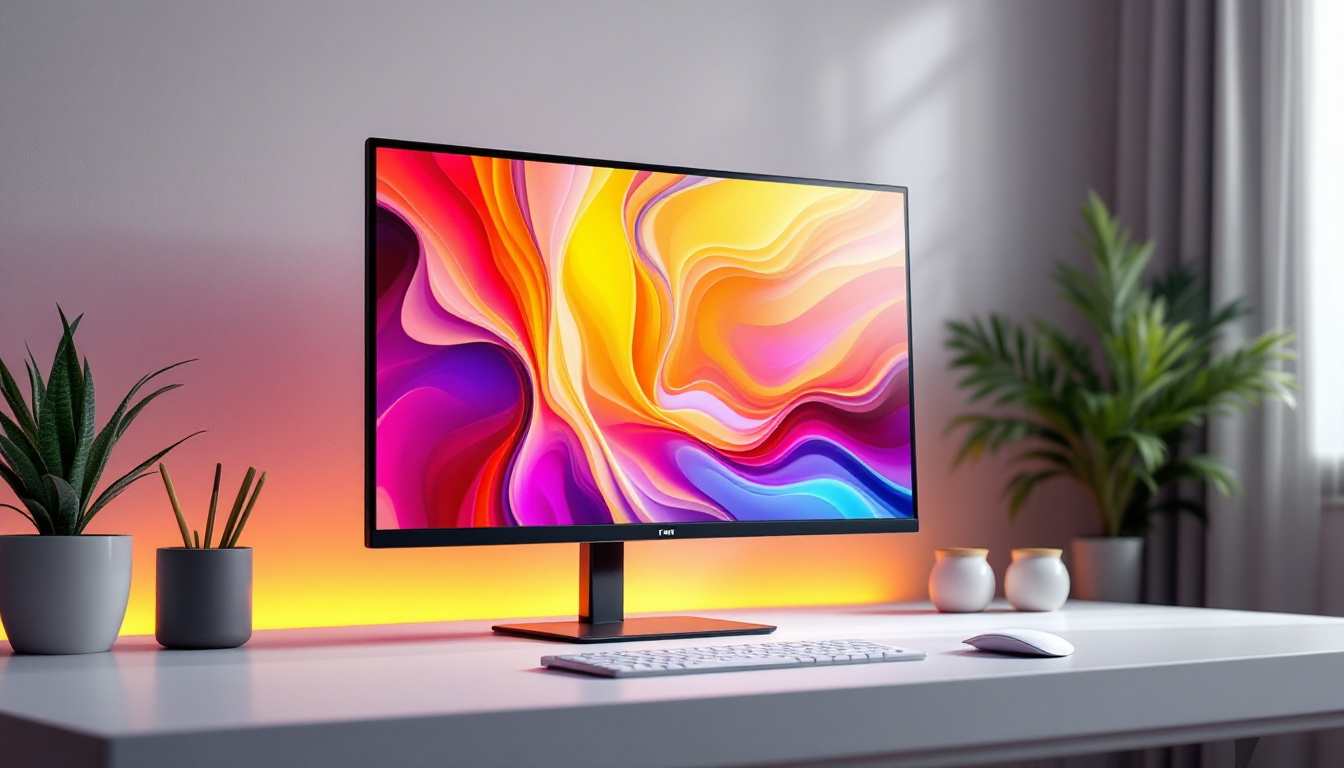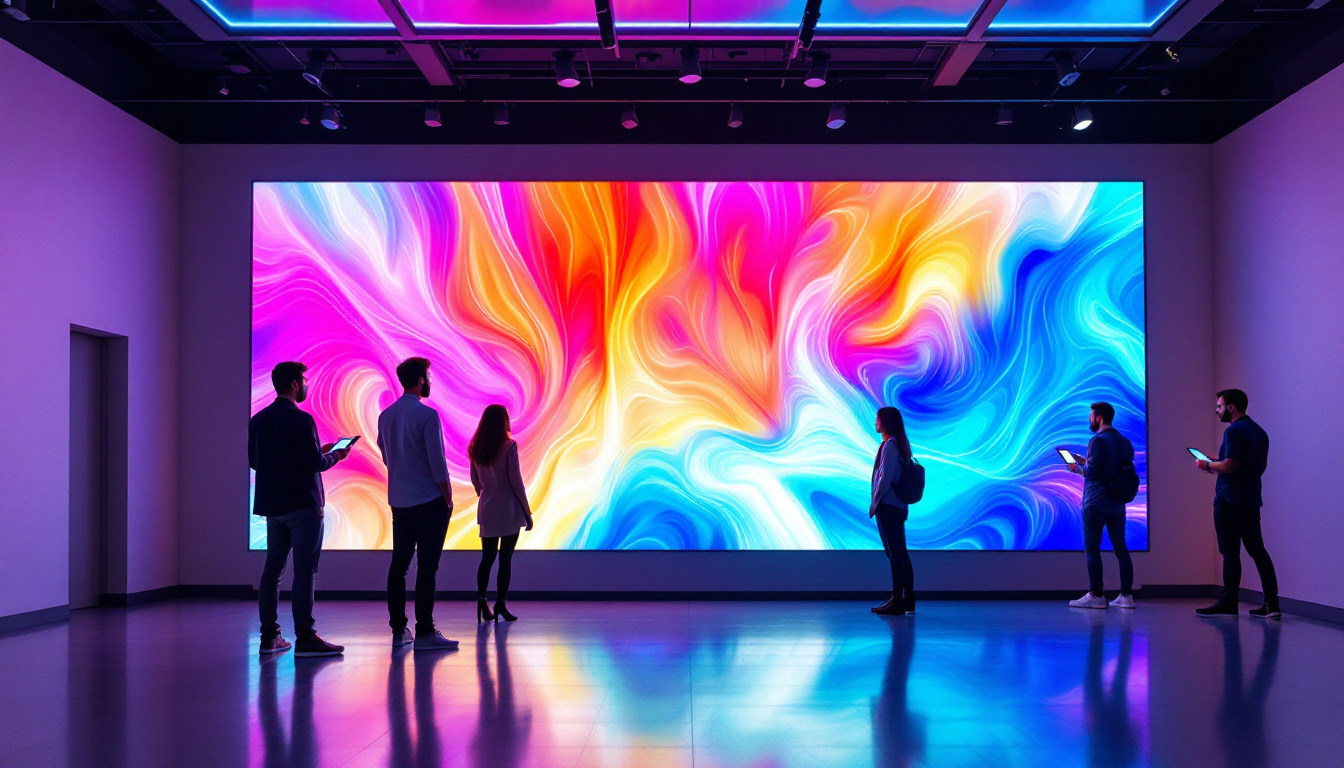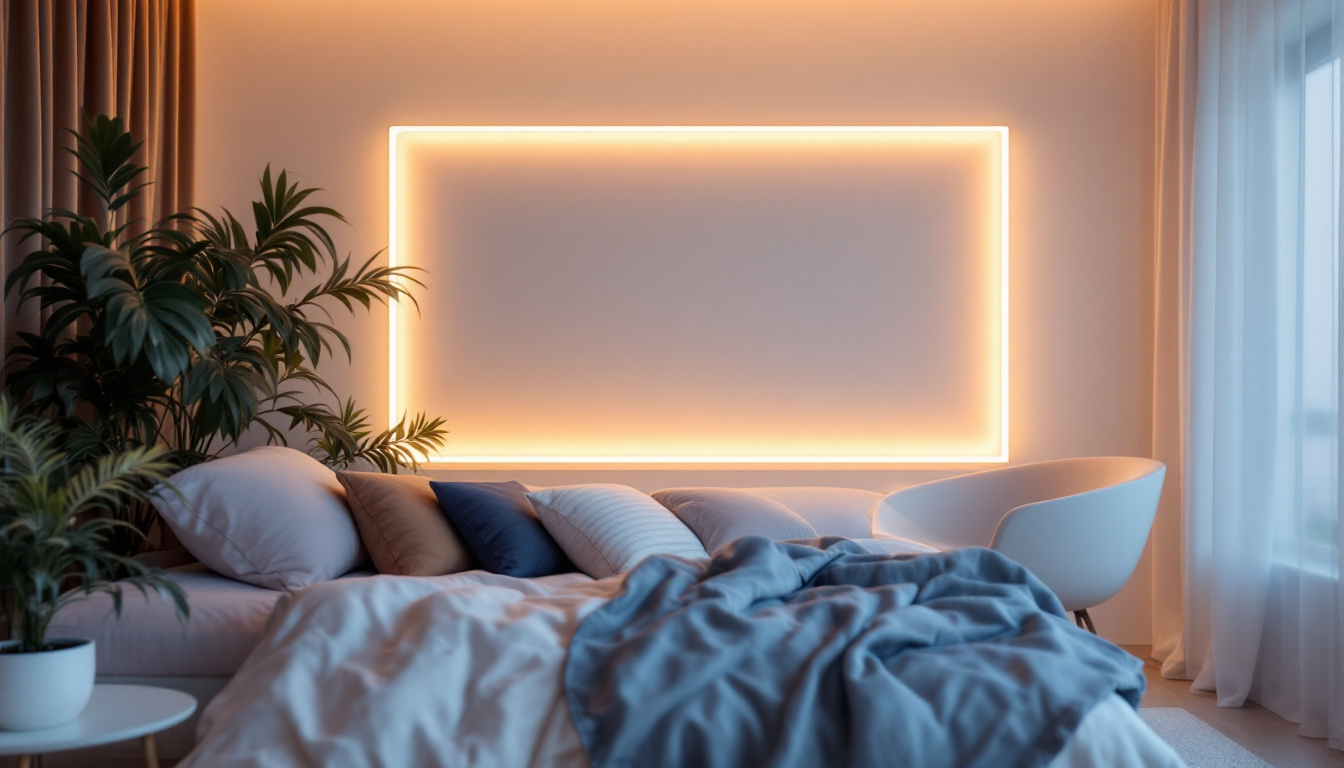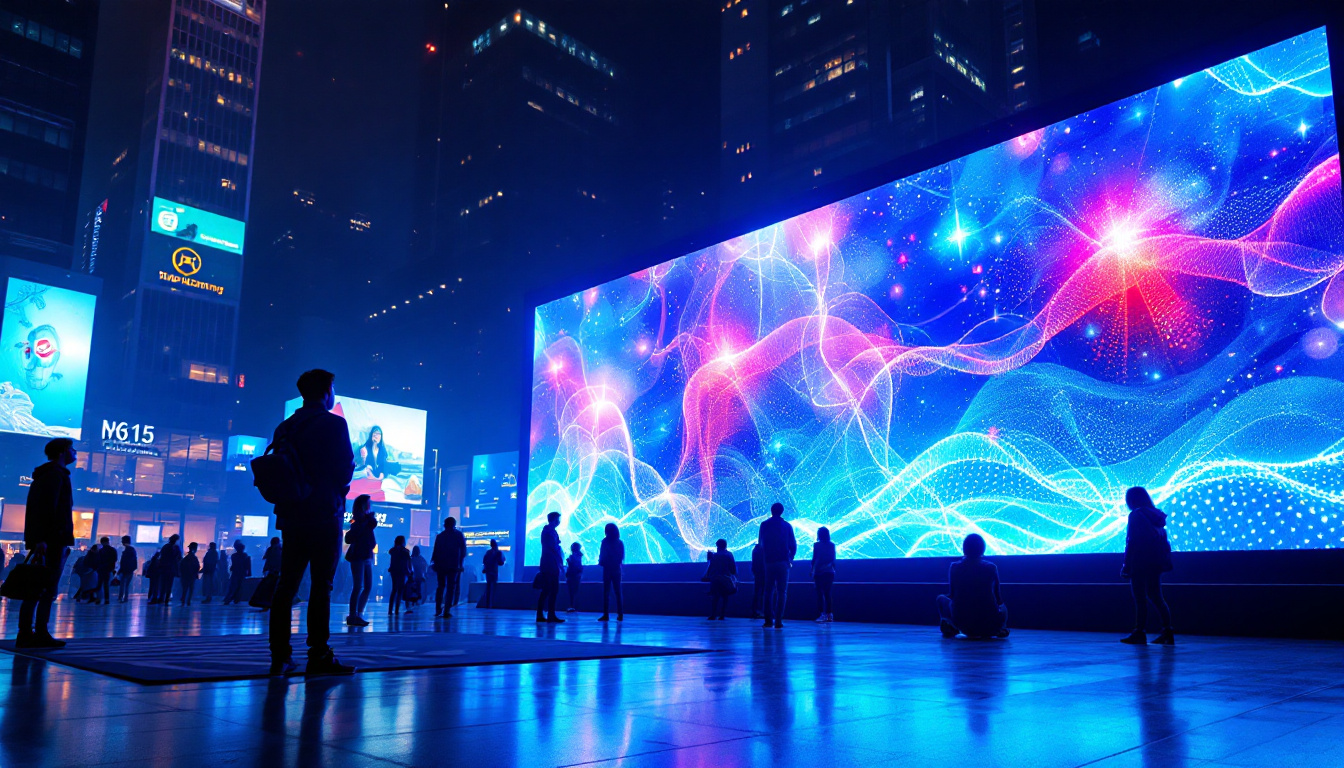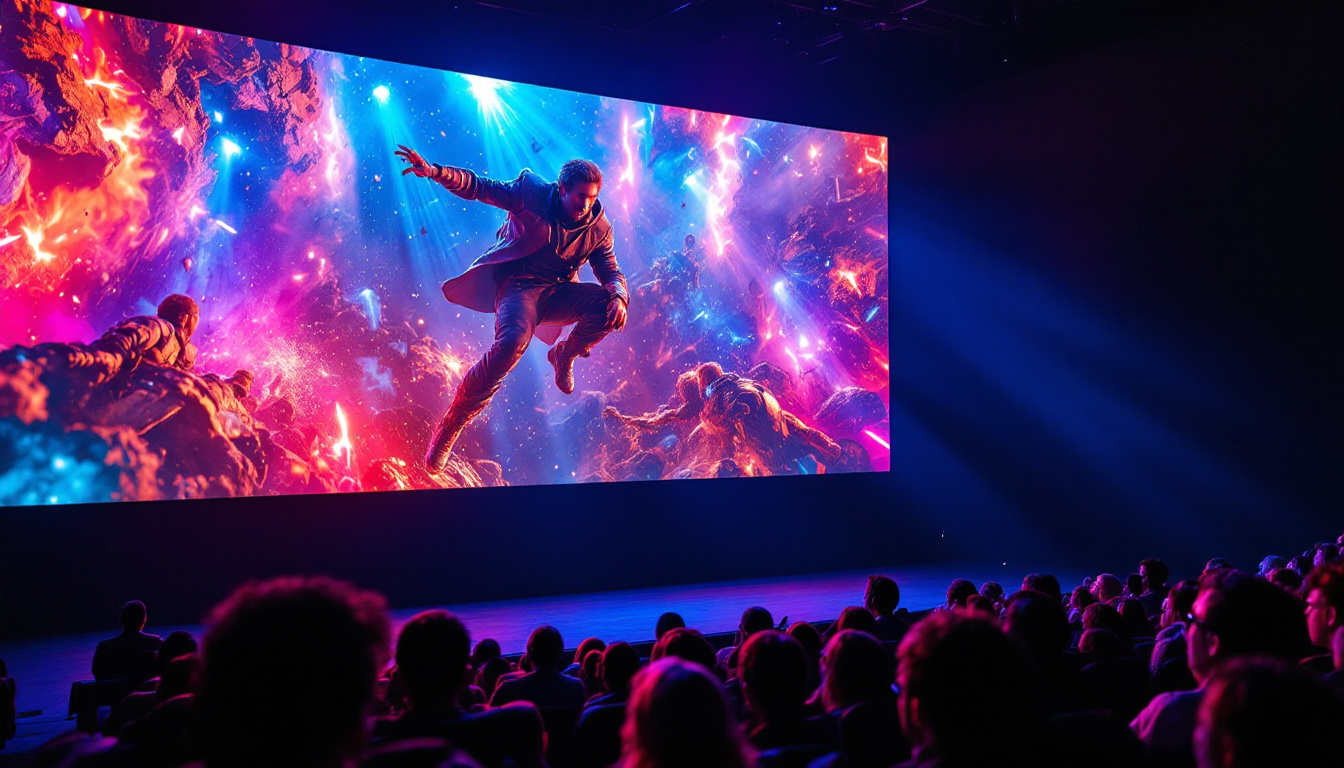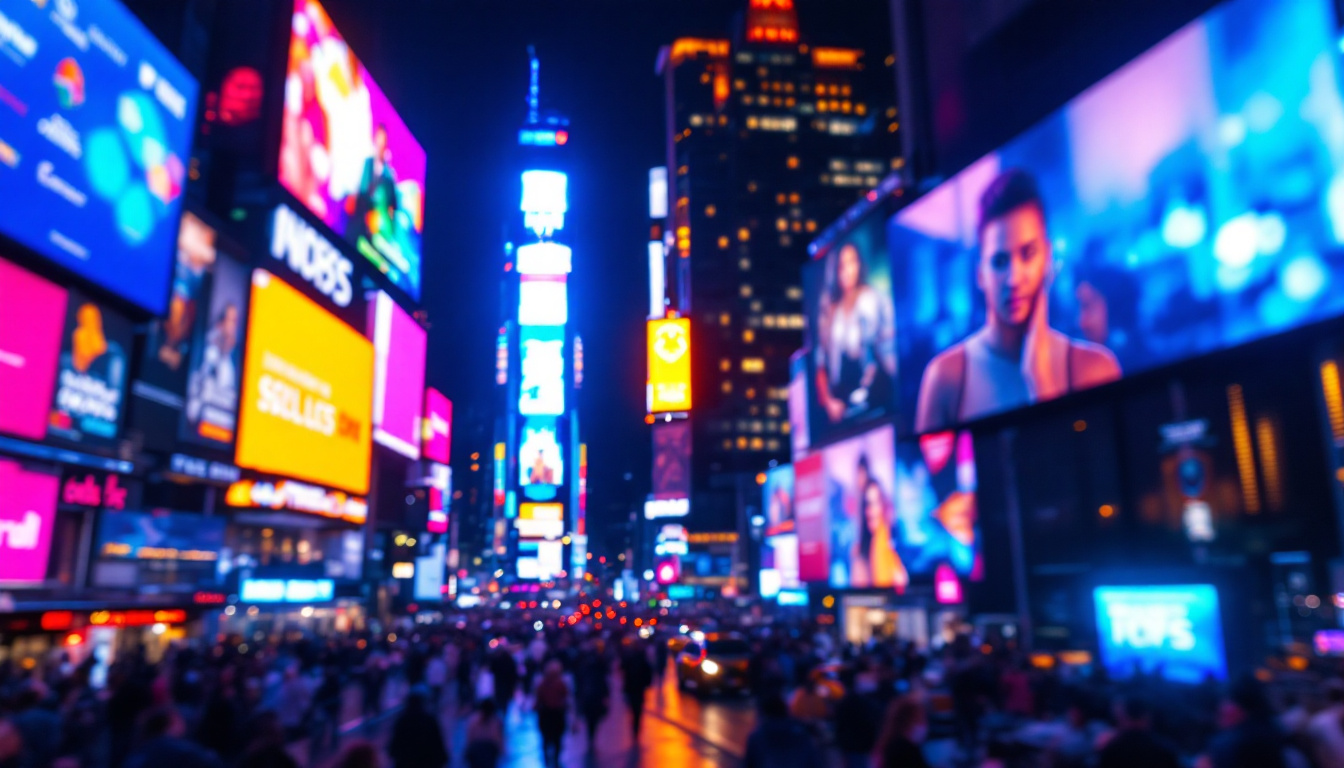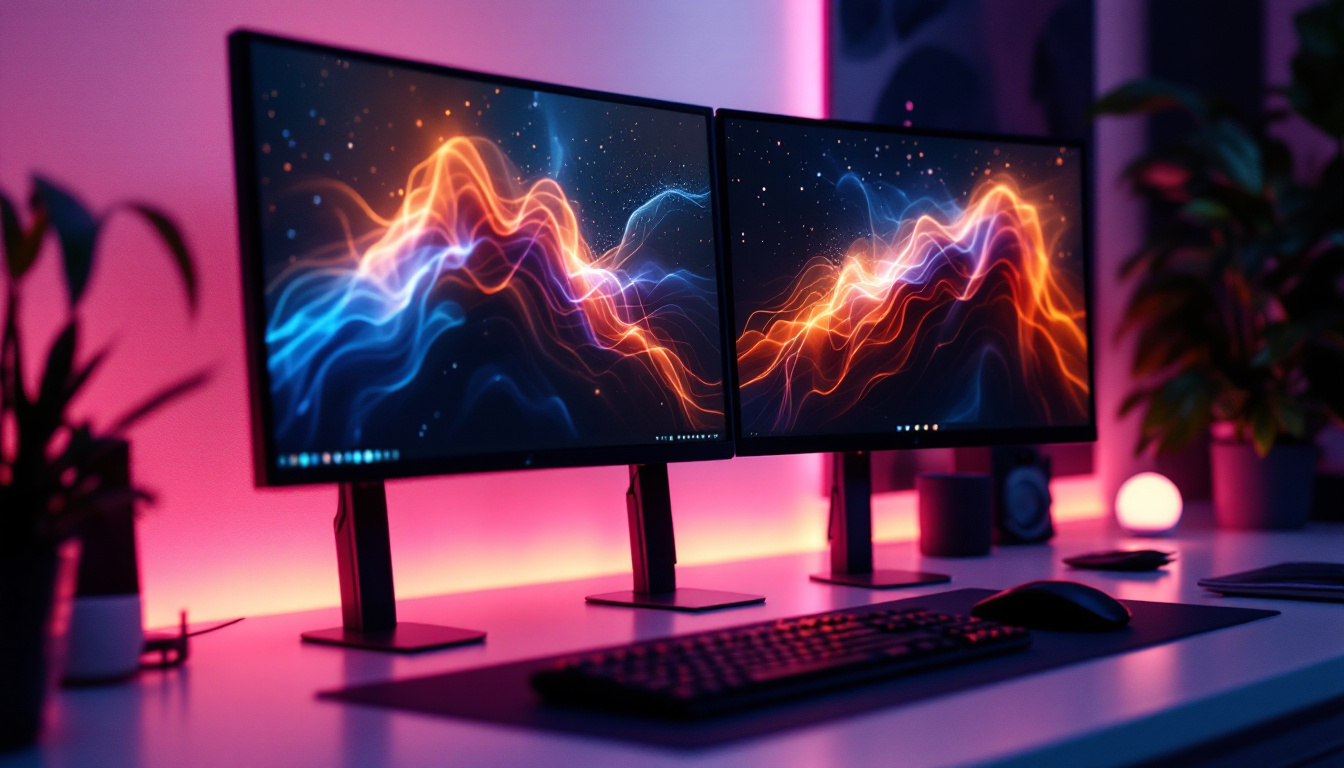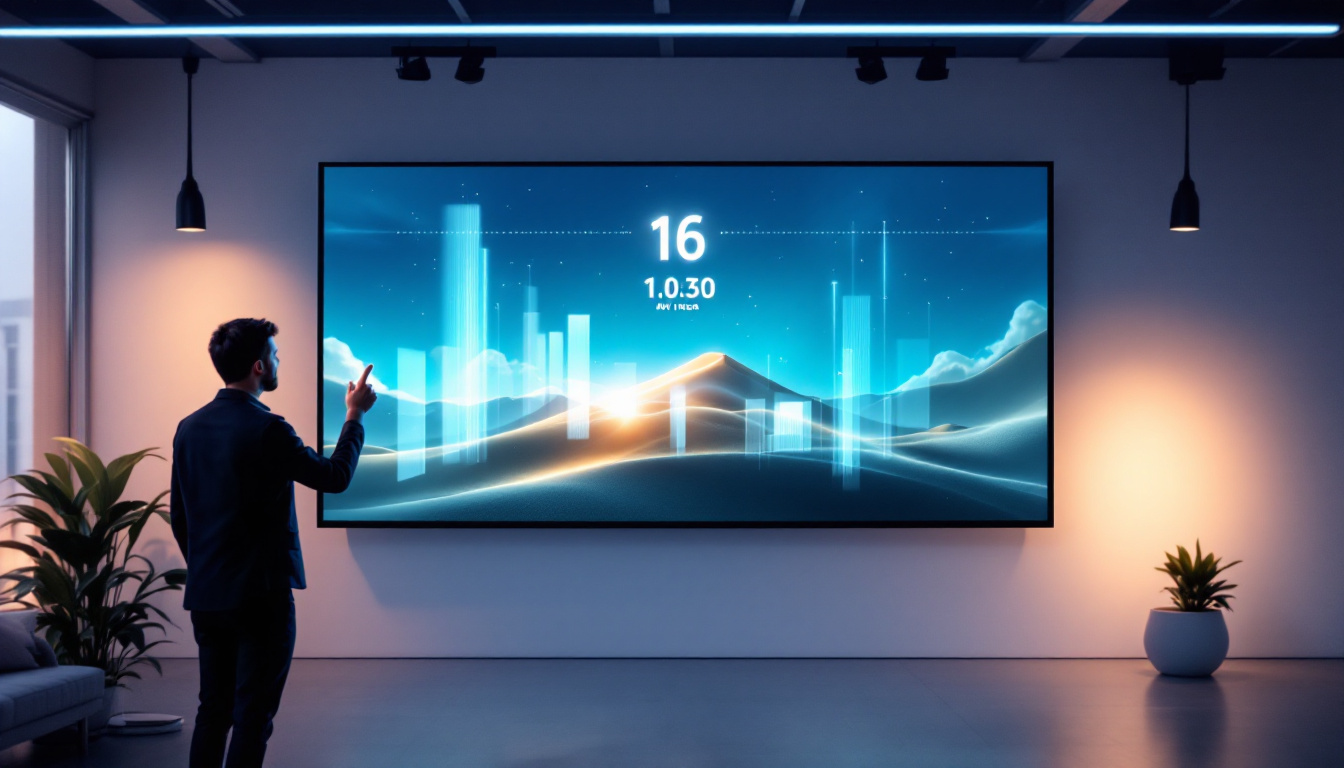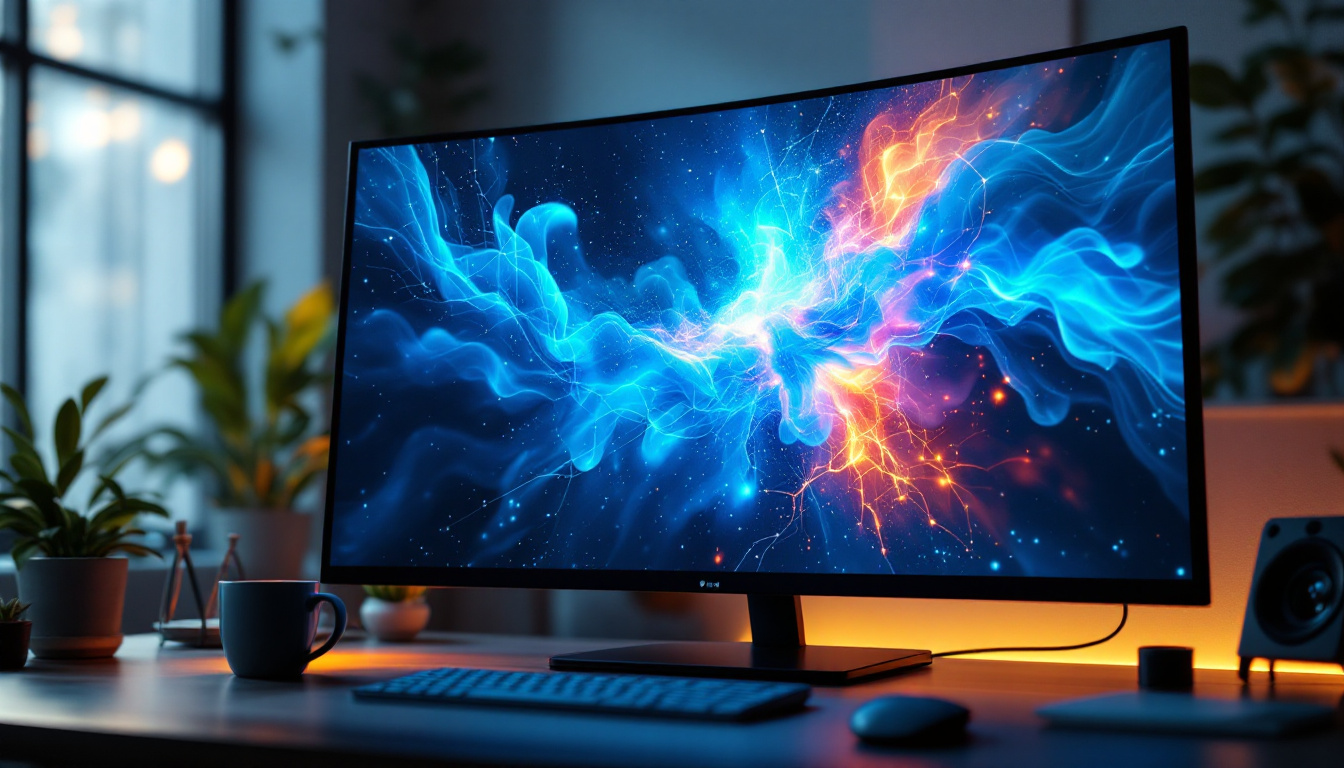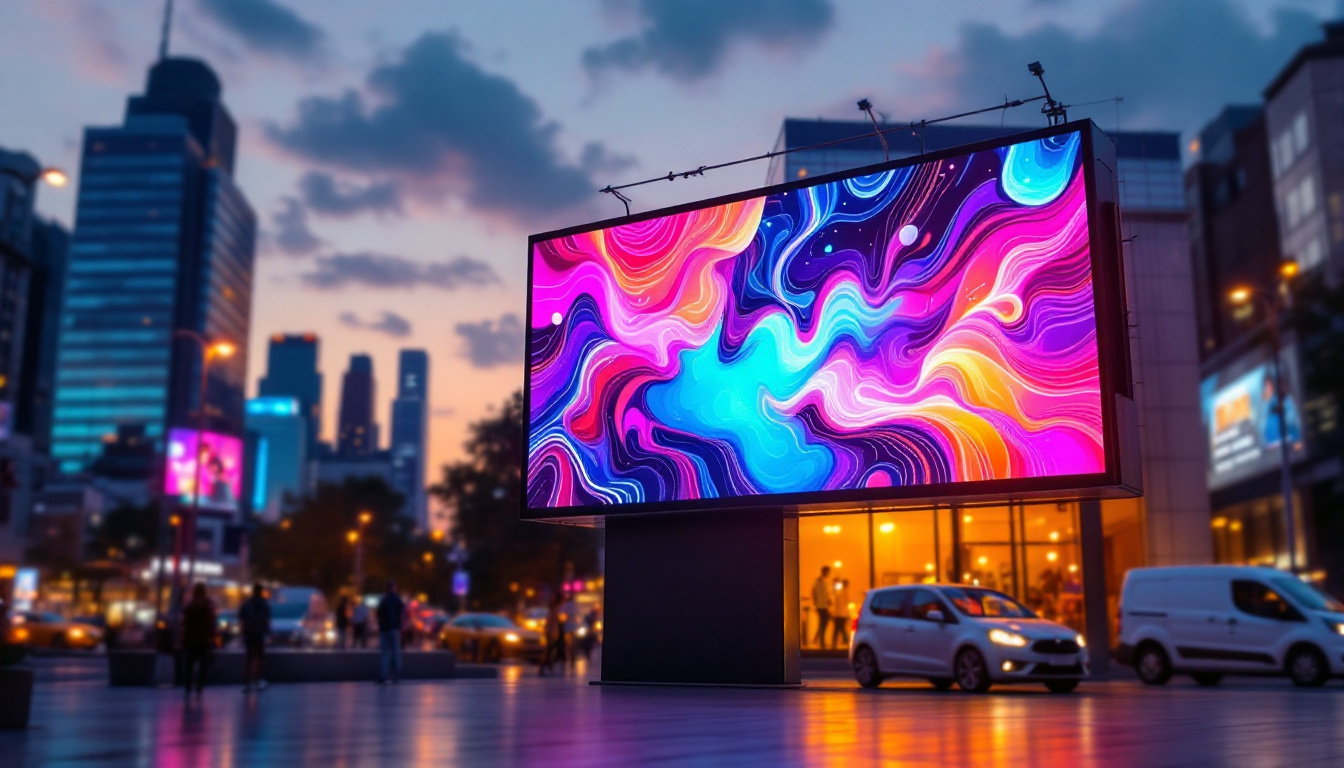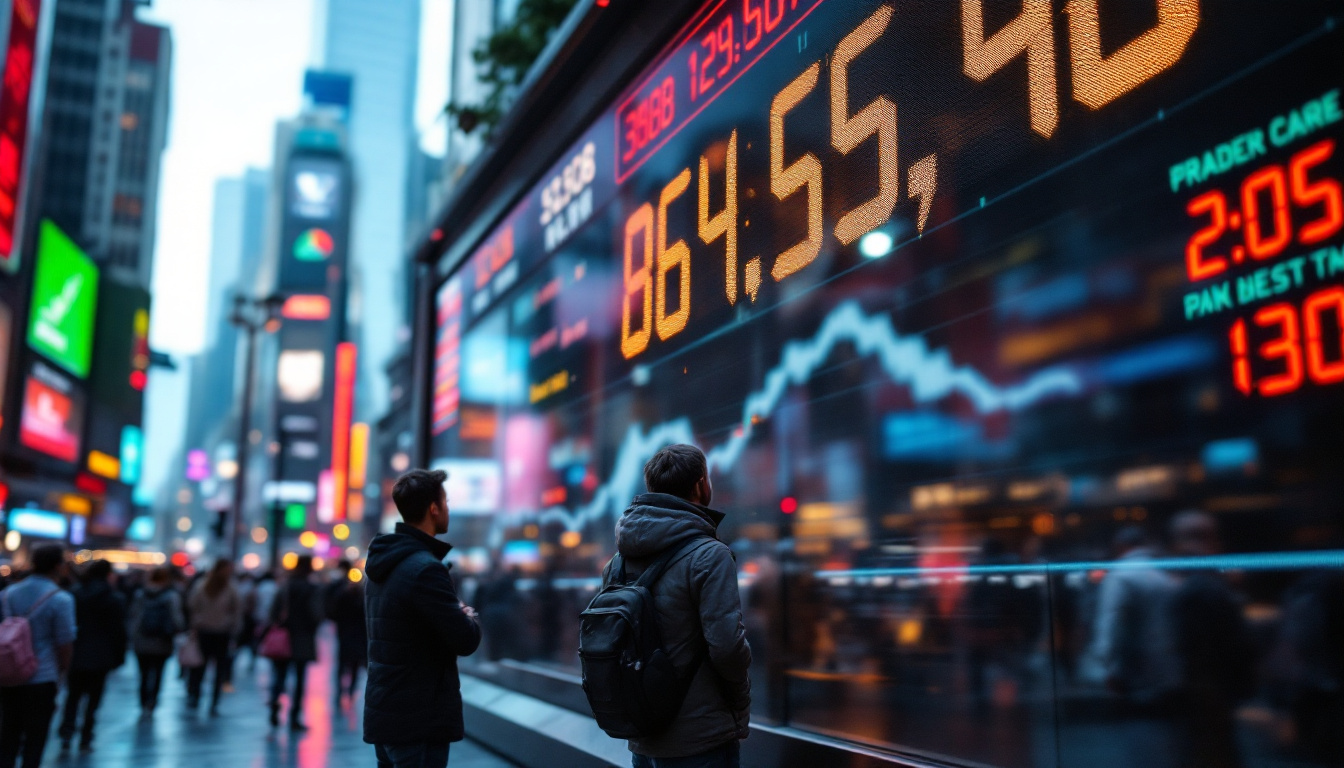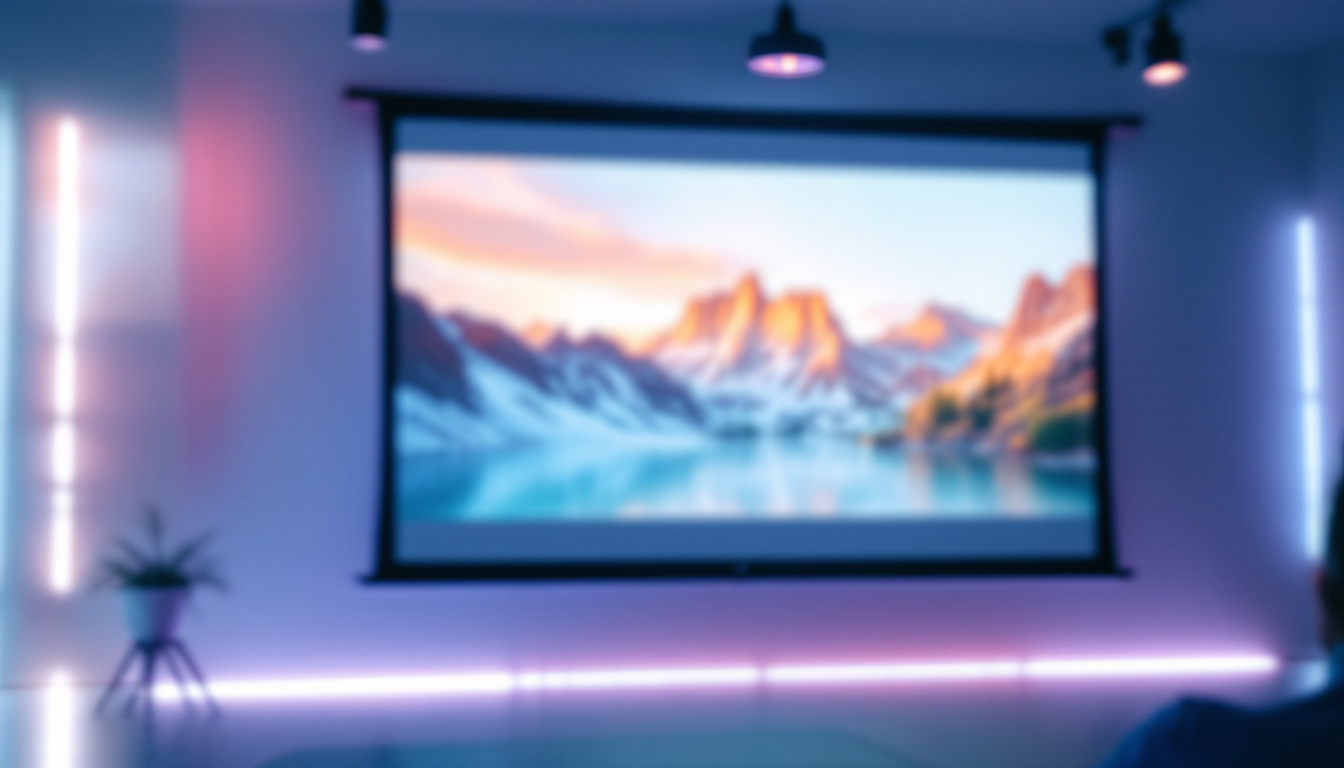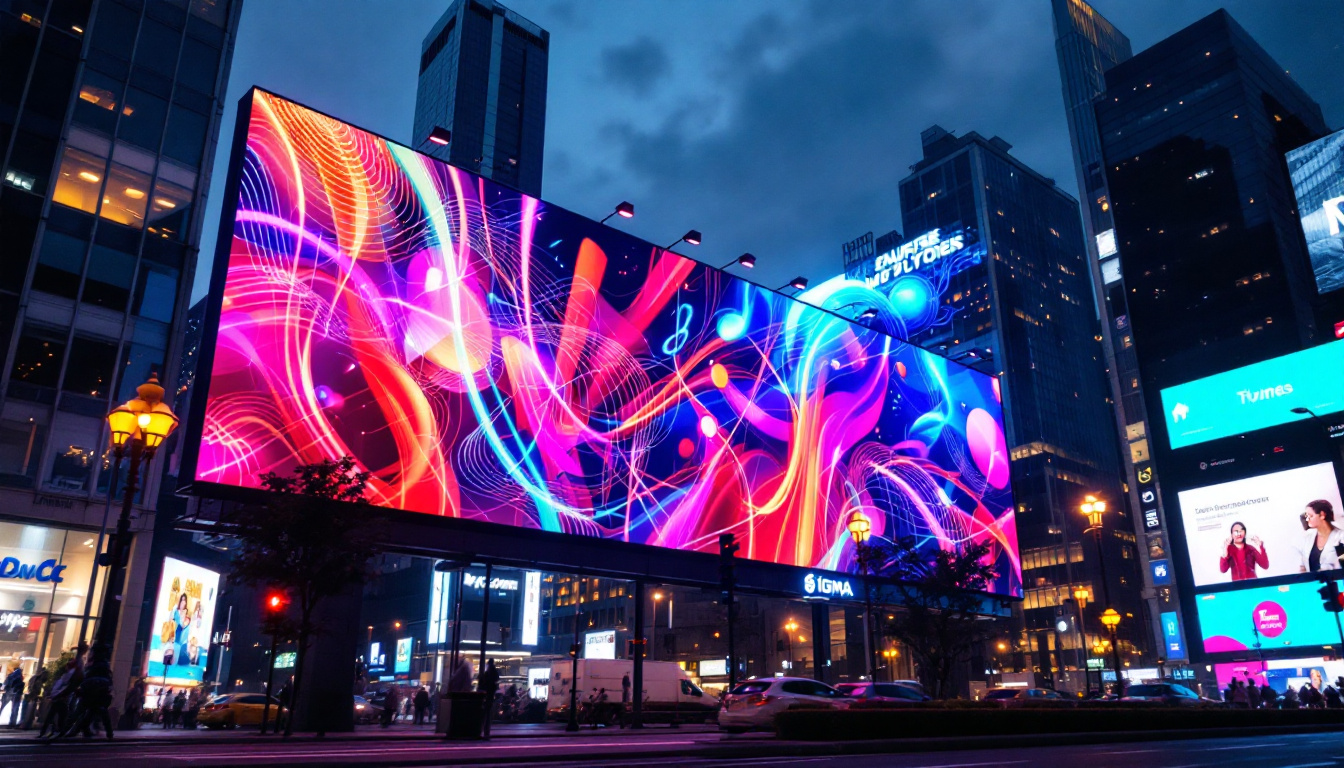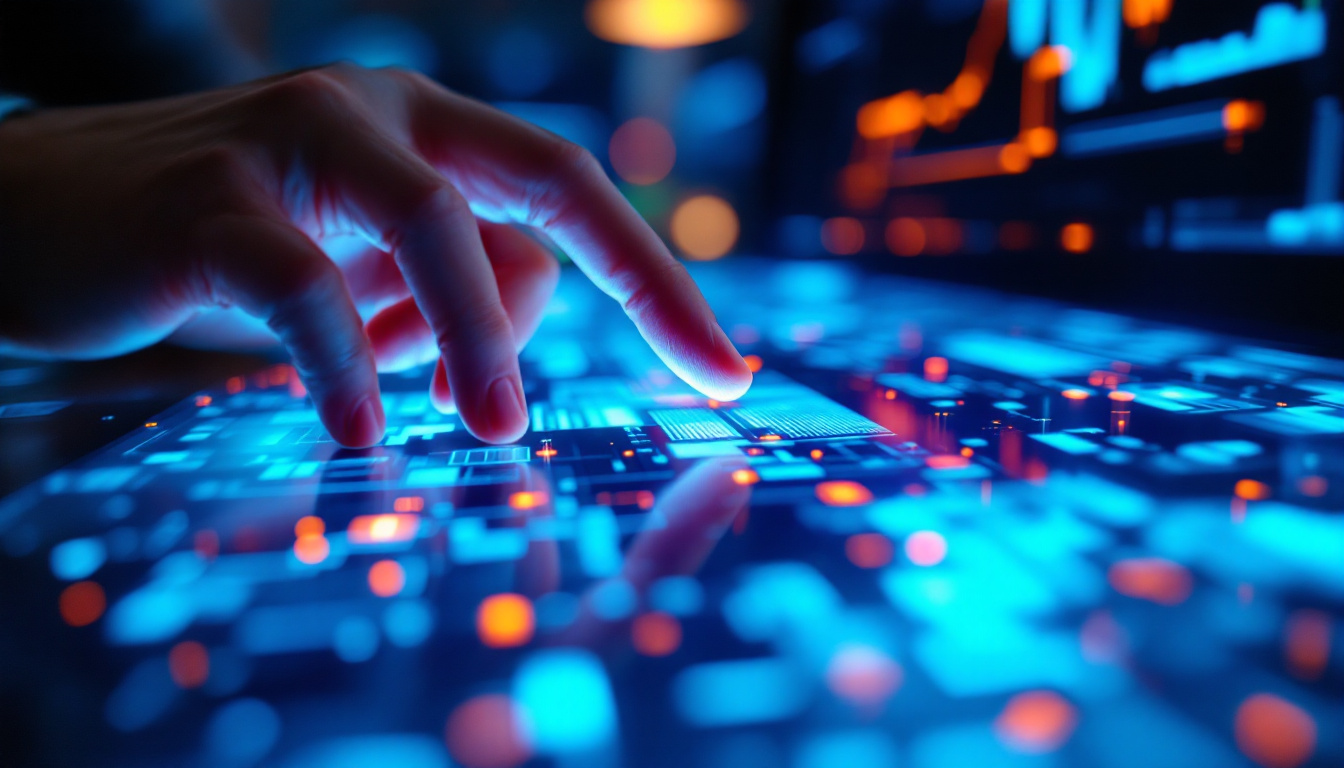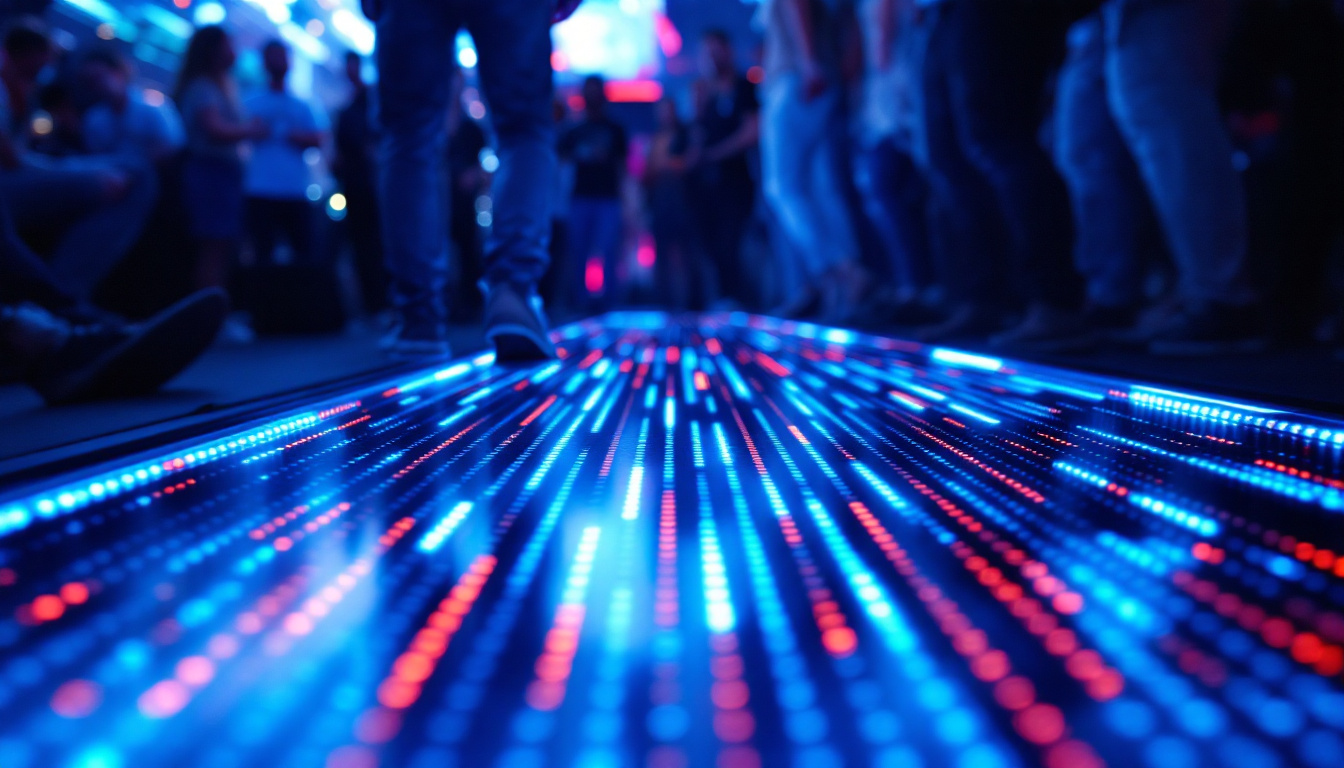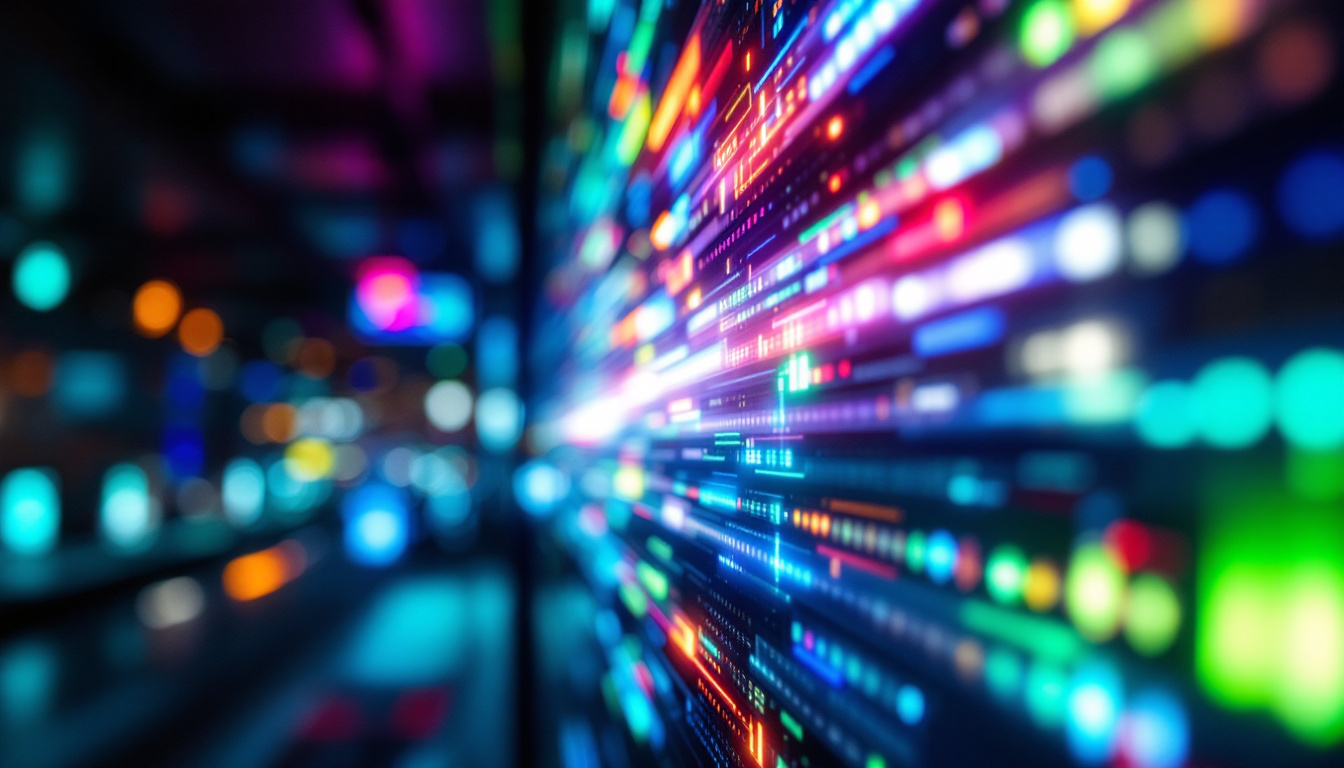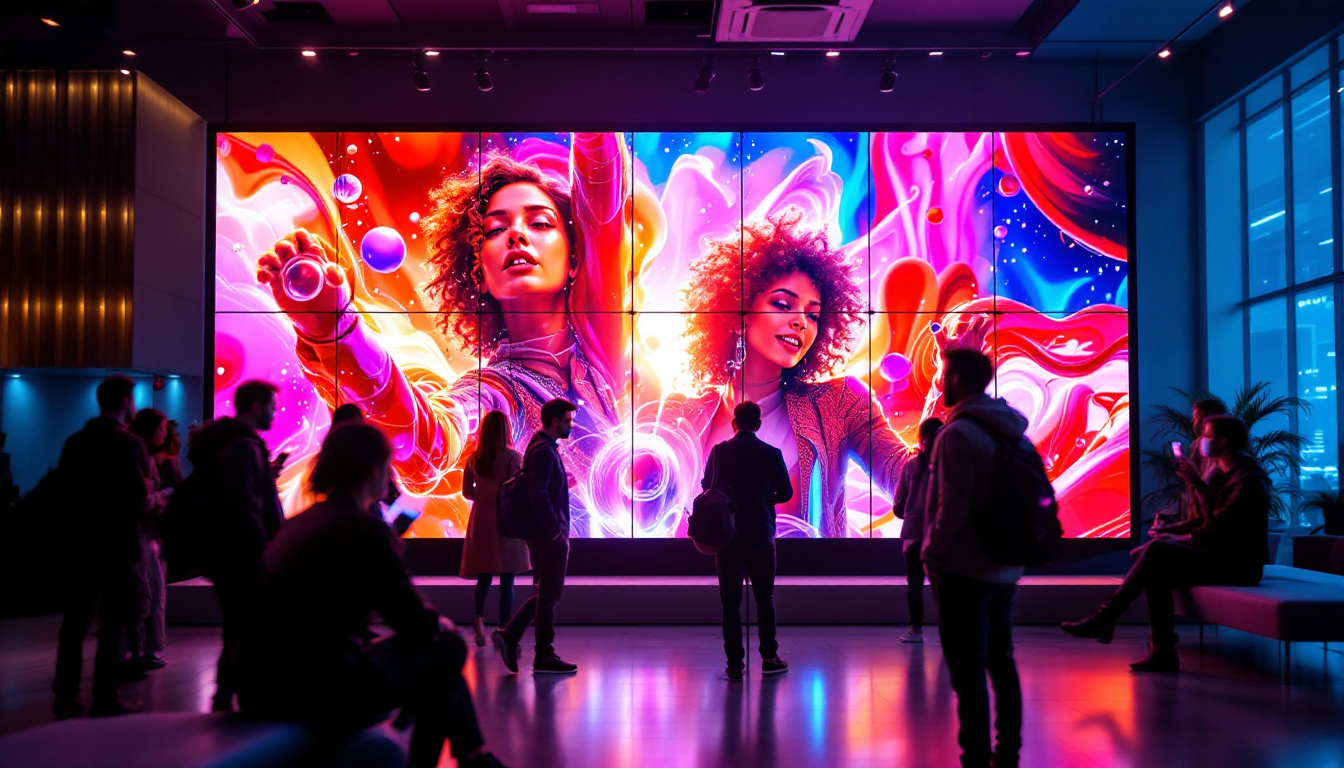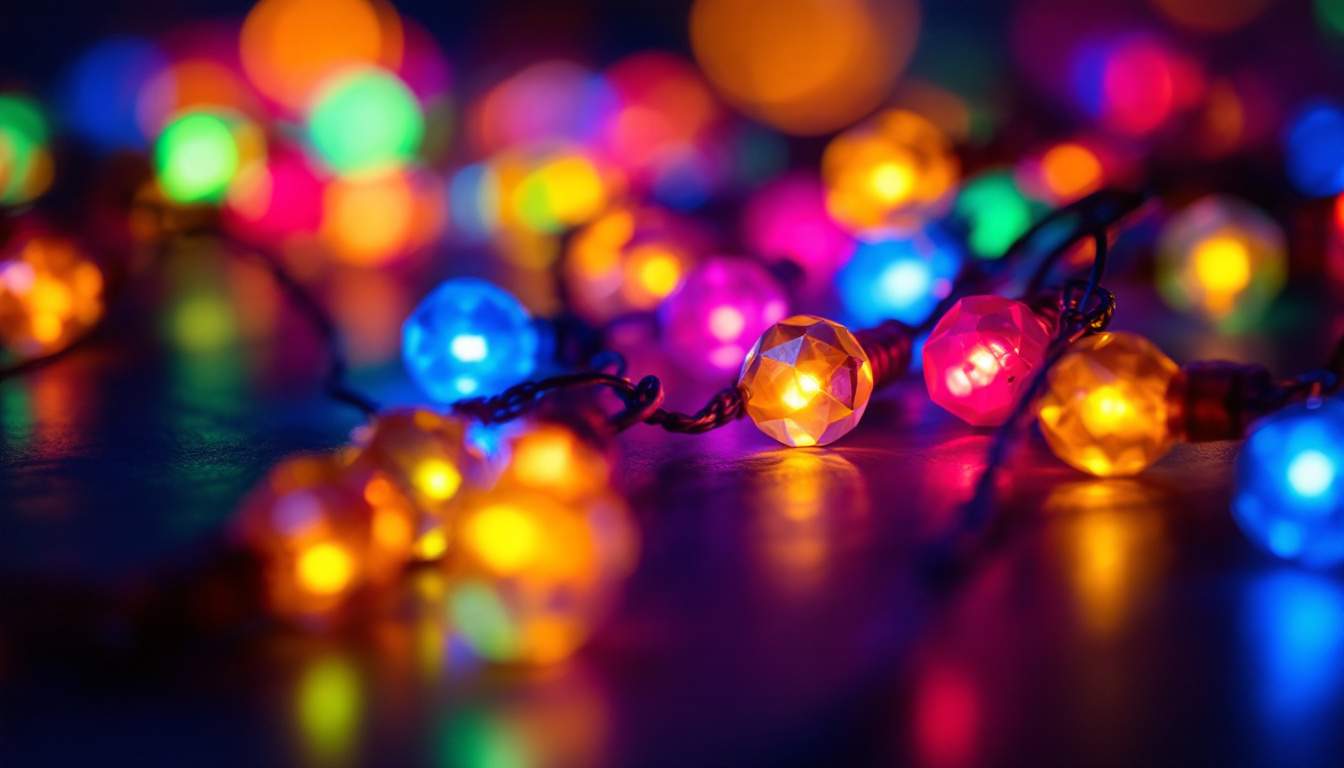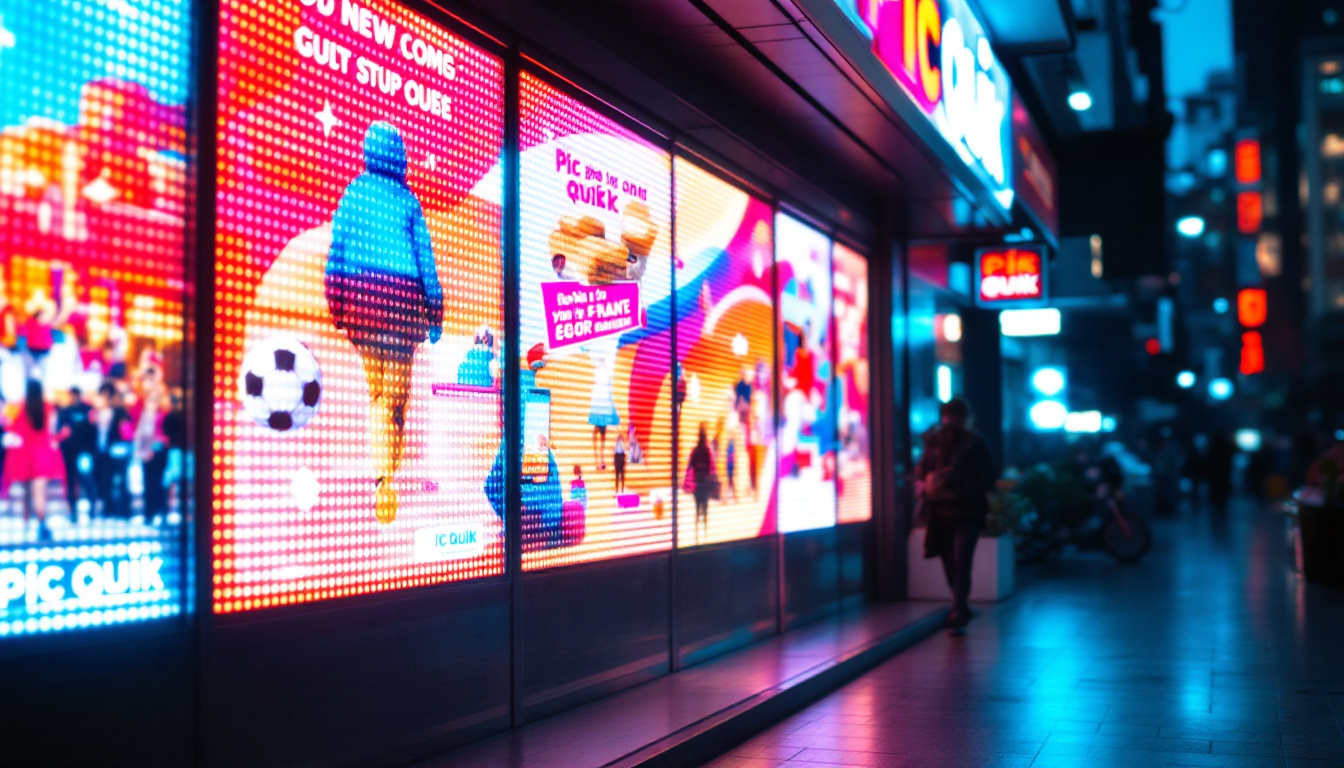In the world of stage design, technology plays a pivotal role in creating immersive experiences. One of the most captivating elements in modern stage design is the use of LED displays. These vibrant screens not only enhance the visual appeal of performances but also serve as powerful tools for storytelling. This article delves into the intricacies of LED displays in stage design, exploring their benefits, applications, and how free stage design programs can facilitate their integration.
Understanding LED Displays
LED displays, or Light Emitting Diode displays, are electronic devices that use LEDs to produce images, videos, and animations. These displays have gained immense popularity in various sectors, particularly in entertainment, due to their ability to deliver high-quality visuals in a compact format. The evolution of LED technology has made these displays not only more efficient but also more accessible to a wider range of users, from small businesses to large corporations. As a result, LED displays have become a staple in modern visual communication.
Types of LED Displays
There are several types of LED displays, each suited for different applications. The most common types include:
- Indoor LED Displays: These are designed for use in venues such as theaters, concert halls, and corporate events. They typically offer high resolution and brightness, making them ideal for close viewing. The clarity and vibrancy of colors in indoor displays enhance the audience’s experience, ensuring that every detail is visible, even in dim lighting conditions.
- Outdoor LED Displays: Built to withstand weather conditions, outdoor displays are larger and brighter, ensuring visibility even in direct sunlight. They are often used for concerts, festivals, and advertising. These displays are engineered with protective coatings and robust materials to resist rain, wind, and UV damage, making them reliable for long-term outdoor use.
- Transparent LED Displays: These innovative displays allow light to pass through, making them perfect for applications where visibility from both sides is essential. They are often used in retail environments and exhibitions. The unique design not only enhances aesthetic appeal but also allows businesses to showcase products behind the display without obstructing the view, creating an engaging shopping experience.
How LED Displays Work
LED displays consist of numerous tiny lights that emit different colors. By combining these colors, the display can create a full spectrum of hues, producing stunning images and videos. The pixels in an LED display are controlled by a driver circuit, which adjusts the brightness and color of each pixel based on the input signal. This technology allows for dynamic content that can be changed in real-time, making LED displays a versatile choice for stage design. Furthermore, advancements in LED technology, such as the introduction of organic LEDs (OLEDs), have enhanced the display’s color accuracy and contrast ratios, providing even more lifelike images.
In addition to their visual capabilities, LED displays are also energy-efficient, consuming significantly less power than traditional display technologies. This efficiency not only reduces operational costs but also contributes to a lower carbon footprint, making them an environmentally friendly option. As the demand for sustainable solutions continues to grow, LED displays are increasingly being integrated into smart city projects, where they serve as informative signage and public art installations, blending technology with urban design.
The Advantages of Using LED Displays in Stage Design
Incorporating LED displays into stage design offers numerous advantages that can significantly enhance a performance. From improved visibility to creative possibilities, the benefits are substantial.
Enhanced Visual Experience
One of the primary advantages of LED displays is their ability to deliver vibrant colors and sharp images. This enhances the overall visual experience for the audience, drawing them into the performance. The brightness of LED displays ensures that visuals remain clear and impactful, even in brightly lit environments.
Flexibility and Customization
LED displays are highly versatile, allowing designers to create customized setups that fit the specific needs of a performance. Whether it’s a large backdrop for a concert or smaller screens for a corporate event, LED displays can be configured in various shapes and sizes. This flexibility enables designers to experiment with different layouts and designs, pushing the boundaries of traditional stage setups.
Cost-Effectiveness
While the initial investment in LED technology can be significant, the long-term benefits often outweigh the costs. LED displays have a longer lifespan compared to traditional projection systems, reducing the need for frequent replacements. Additionally, their energy efficiency translates to lower operational costs, making them a sustainable choice for stage design.
Applications of LED Displays in Stage Design
LED displays are utilized in a variety of applications within stage design, each offering unique opportunities for creativity and engagement.
Concerts and Live Events
In the realm of concerts and live events, LED displays have become a staple. They are used to create dynamic backdrops, display live feeds of performers, and even showcase interactive content that engages the audience. The ability to change visuals in real-time allows for a more immersive experience, enhancing the emotional connection between performers and their audience.
Theater Productions
Theater productions benefit from LED displays by incorporating them into set designs. They can serve as backdrops that change scenes seamlessly or as interactive elements that respond to the narrative. This integration allows for a more fluid storytelling experience, captivating the audience and enhancing the overall production quality.
Corporate Events and Presentations
For corporate events, LED displays can be used to convey information effectively. Whether it’s showcasing a product launch or displaying data during a presentation, these displays provide a modern and engaging way to communicate with attendees. Their visual appeal can help capture and maintain the audience’s attention, ensuring that key messages are delivered effectively.
Free Stage Design Programs for LED Displays
With the rise of technology, numerous free stage design programs have emerged, making it easier for designers to incorporate LED displays into their projects. These programs offer a range of features that facilitate the design process, allowing users to visualize their ideas before implementation.
Popular Free Stage Design Software
Several free stage design programs are available that cater to different skill levels and project requirements. Some popular options include:
- SketchUp Free: A user-friendly 3D modeling tool that allows designers to create detailed stage layouts, including the placement of LED displays.
- Blender: An open-source 3D creation suite that offers advanced features for modeling, animation, and rendering, making it suitable for more complex stage designs.
- Lightwright: While primarily focused on lighting design, Lightwright can also be used to plan the integration of LED displays within a stage setup.
Features to Look for in Stage Design Software
When selecting a free stage design program, it’s essential to consider the features that will best support the integration of LED displays. Key features to look for include:
- 3D Visualization: The ability to create a three-dimensional representation of the stage setup helps designers visualize how LED displays will fit into the overall design.
- Lighting and Effects Simulation: Programs that simulate lighting and visual effects can help designers understand how LED displays will interact with other elements on stage.
- Collaboration Tools: Features that enable collaboration among team members can streamline the design process, allowing for feedback and adjustments in real-time.
Getting Started with Free Stage Design Programs
To begin using free stage design programs, designers should start by familiarizing themselves with the software’s interface and tools. Many programs offer tutorials and online resources that can help users learn the basics quickly. Once comfortable, designers can begin experimenting with different layouts and configurations for LED displays, allowing their creativity to flourish.
Challenges in Integrating LED Displays
While LED displays offer numerous advantages, integrating them into stage design does come with its challenges. Understanding these challenges can help designers prepare and find effective solutions.
Technical Limitations
One of the primary challenges is the technical limitations associated with LED displays. This includes issues such as pixel density, resolution, and refresh rates. Designers must ensure that the LED displays they choose are appropriate for the venue and the type of content being displayed. For example, a high-resolution display may be necessary for close viewing, while a lower resolution may suffice for larger outdoor displays.
Cost Considerations
Although LED displays can be cost-effective in the long run, the initial investment can be significant. Designers must budget accordingly and consider the costs of not only the displays themselves but also the necessary equipment for installation and operation. Exploring rental options or partnerships with production companies can help mitigate these costs.
Logistical Challenges
Integrating LED displays into a stage design often involves logistical challenges, such as transportation, setup, and maintenance. Proper planning is essential to ensure that displays are installed correctly and function as intended during performances. This may involve coordinating with technical teams and conducting thorough testing before the event.
The Future of LED Displays in Stage Design
The future of LED displays in stage design looks promising, with advancements in technology continually pushing the boundaries of what is possible. Emerging trends and innovations are set to revolutionize the way designers approach stage setups.
Advancements in Technology
As technology evolves, LED displays are becoming more sophisticated. Innovations such as flexible LED screens, which can be shaped and curved to fit unique designs, are gaining traction. Additionally, improvements in resolution and color accuracy are enhancing the visual quality of displays, allowing for even more stunning presentations.
Integration with Augmented Reality
Augmented reality (AR) is another area where LED displays are making significant strides. By combining LED technology with AR, designers can create interactive experiences that engage audiences on a whole new level. This integration allows for dynamic content that responds to the environment, creating a truly immersive experience.
Sustainability Initiatives
As the focus on sustainability grows, the LED display industry is also adapting. Manufacturers are exploring eco-friendly materials and energy-efficient technologies to reduce the environmental impact of displays. This shift towards sustainability aligns with the broader trend of responsible design in the entertainment industry.
Conclusion
LED displays have transformed the landscape of stage design, offering unparalleled visual experiences and creative possibilities. As technology continues to advance, designers are presented with new opportunities to engage audiences and enhance performances. By leveraging free stage design programs, designers can effectively integrate LED displays into their projects, overcoming challenges and embracing the future of stage design. The journey of exploring LED displays is just beginning, and the potential for innovation is limitless.
Discover LumenMatrix’s Innovative LED Display Solutions
Ready to elevate your stage design with cutting-edge LED display technology? Look no further than LumenMatrix, a pioneer in creating visually stunning and versatile LED display modules. From indoor and outdoor applications to custom and transparent displays, LumenMatrix offers a wide array of solutions that bring your creative visions to life. Embrace the future of visual storytelling and check out LumenMatrix LED Display Solutions today to transform your next event into an unforgettable experience.

